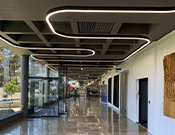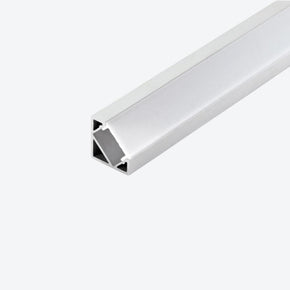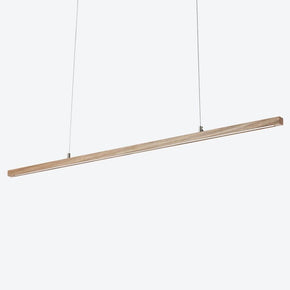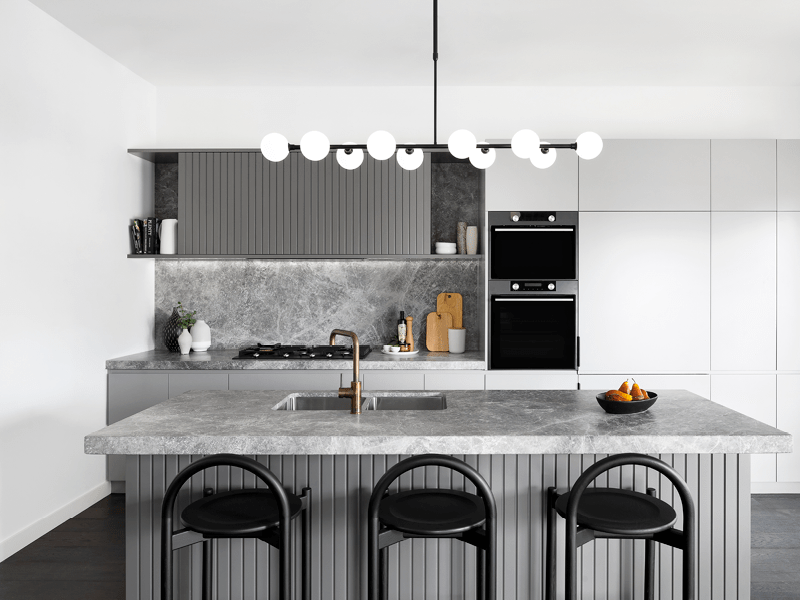- No products in the cart.
- ``
Let your art shine with these lighting tips
14
Apr
You’ve spent years (and no doubt a lot of money) carefully collecting the art that adorns your walls. But hanging a piece of art on the wall with little thought to how it’s illuminated simply won’t do it justice. Proper lighting is critical if you want to really let your artwork shine. Read on for our guide to lighting the art in your home.
Pick your fixture

There are a number of methods for lighting your art. The method you choose will often come down to how your artwork is framed.
Wall washing
If your artwork doesn’t have a frame, you won’t be able to use picture lighting. Instead, you could opt to light the entire wall. This is called wall washing, and is a more casual way to light art.
In addition to indirectly lighting the room, wall washing is a more flexible choice, giving you the freedom to move your art around the well-lit wall without having to readjust your lighting.
For lighting that washes the entire surface, consider track lighting, recessed lighting or surface-mounted lighting.
Spotlights and accent lighting
Shining a light on your artwork with a ceiling-mounted or floor spotlight is a great way to make your art the centrepiece of your room. This is called accent lighting. As a rule of thumb, accent lighting should be angled so the light hits the centre of the artwork, but spotlights give you the freedom to adjust the direction of the light for perfect illumination.
Track lighting
Track lighting is the most flexible lighting solution for lighting your art, and because a track can hold multiple lights, it can illuminate multiple artworks at one time. Track lighting is also adjustable, so it’s easy to get the right angle. If you have a large piece, track lighting can also be used to evenly light a surface from floor to ceiling.
Picture lights
If your artwork is framed, you could choose to light it with a picture light. Traditional picture lights hang directly over paintings and work best with classical and traditional artwork. A slimline picture light is much smaller than a traditional picture light and is better suited to more modern pieces.
Picture lights come in a range of lengths and sizes, so be sure to check that your frame is sturdy enough to handle the weight of your chosen picture light. Also keep in mind that picture lights sit very close to the artwork, so it’s important to use a low-wattage LED light to avoid damaging your art.
Avoid damaging your art with the right lighting

When finding a place to hang your art, you should always avoid natural light. Placing art in direct sunlight exposes it to UV rays, which will cause it to fade and discolour.
While not as harsh as natural light, artificial light can also damage art over the long-term. Heat and UV rays from artificial lighting will gradually burn away at the materials. To minimize damage, the best option is to invest in LED lighting, which emits no UV and gives off much less heat than traditional halogen light.
Pick your light type
While you should always avoid natural light, there are a number of artificial lighting options for you to choose from.
While they may cost more upfront, LED lights are by far the best option for lighting your art. They give off less heat and don’t emit harmful UV rays. And because they’re energy-efficient and long-lasting, you won’t have to replace them as often as other types of lighting, making them an economical option in the long-run.
Halogen lights are moving towards obsolete in Australia, and they emit damaging UV rays and heat, so try to avoid them, but if using halogen, they should be placed at a safe distance from the art. A UV filter should also be applied to minimize the risk of damage if using halogen.
Fluorescent lights, on the other hand, should never be used to illuminate art. Not only do they emit high levels of UV, which will cause your art to discolour and fade, but ultraviolet energy also distorts the colour of your artwork.
However, we would always recommend using LED lighting for all purposes, as it is the most energy and economically efficient option.
Position your lighting to reduce glare and shadows

Oil paintings and art framed behind glass can be particularly difficult to light because they give off glare.
As a general rule, if you’re lighting your art from above, you should place your light at a 30-degree angle to the artwork to reduce glare. If your art is in a large frame, add 5 degrees to avoid casting a shadow, or if you want to highlight the texture of your piece, subtract 5 degrees. If your art is very textured, direct lighting can cast shadows, so you might want to choose a broad-based light source to evenly illuminate all the details.
Sculptures should be well-lit by three diffused light sources to highlight all the details, and avoid lighting sculptures from below, as this is likely to cast shadows.
Adjust the lighting intensity

The general rule for illuminating art is that the lighting should be three times brighter than the rest of the room’s lighting. Seek out lighting with a high Colour Rendering Index (CRI). The closer your lights are to 100 on the CRI scale, the better and more vibrant your artwork will appear.
How to choose the right lighting to enhance your art
Need help lighting your art? Get in touch with About Space. Our lighting experts can help you find the perfect solution with a comprehensive range of accent and track lighting to choose from.
Image source / Image source / Image source / Image source / Image source



























